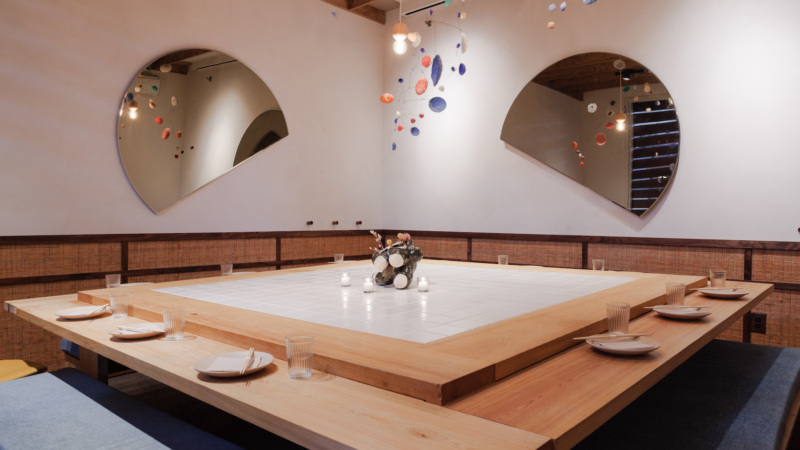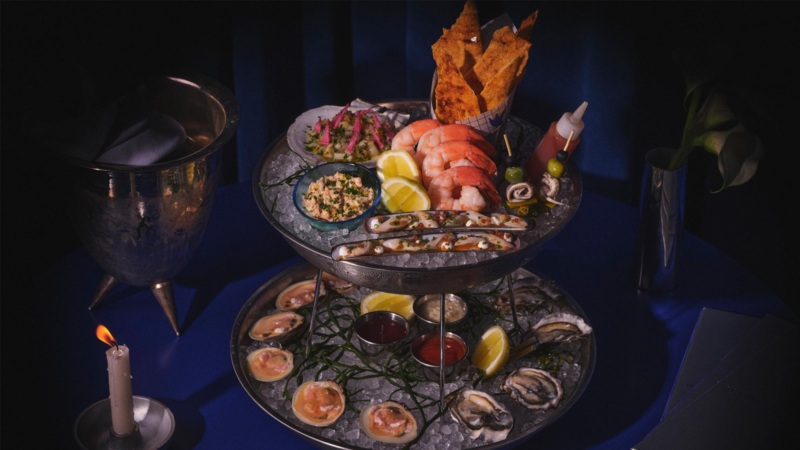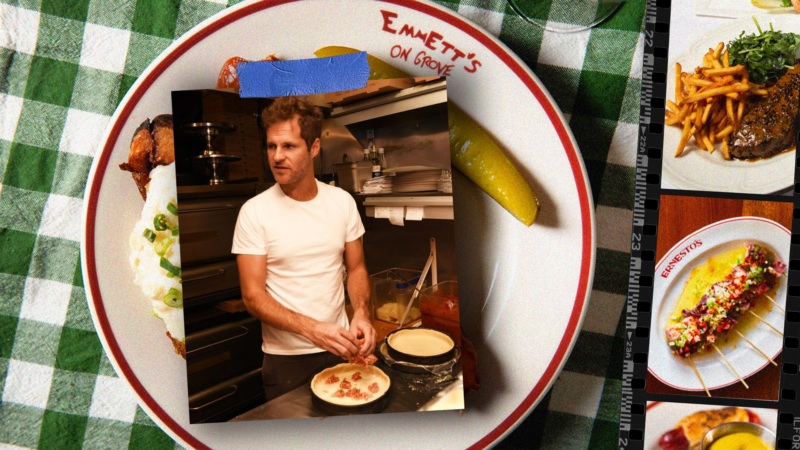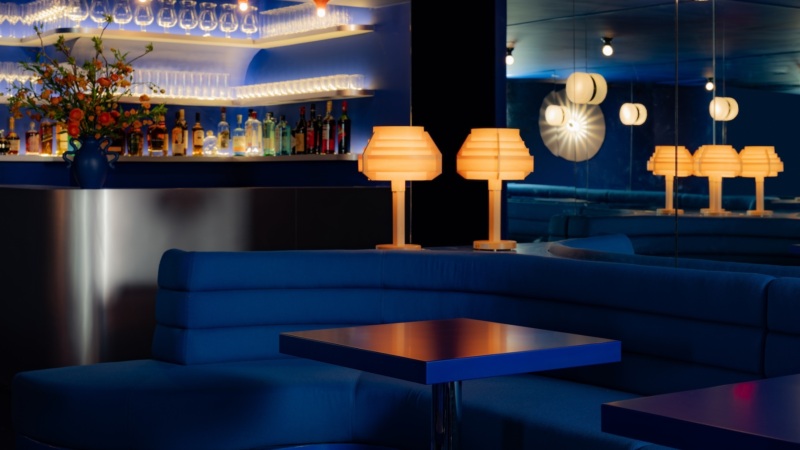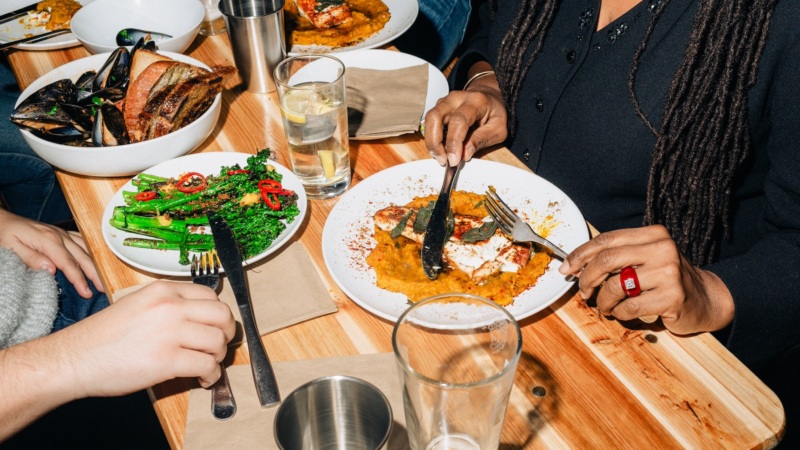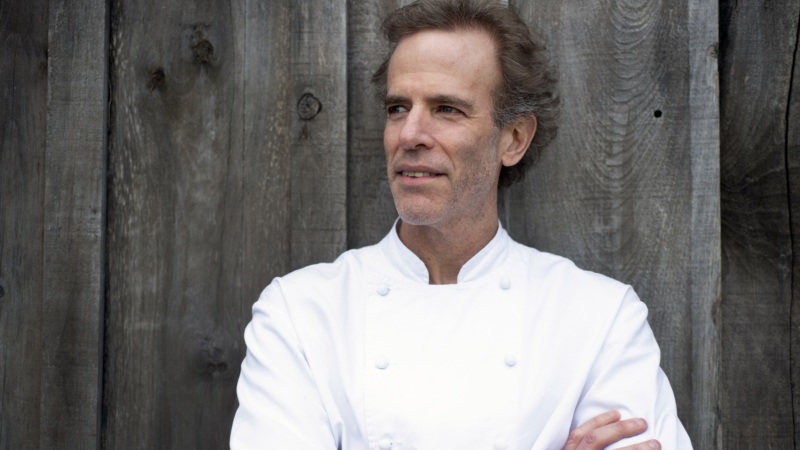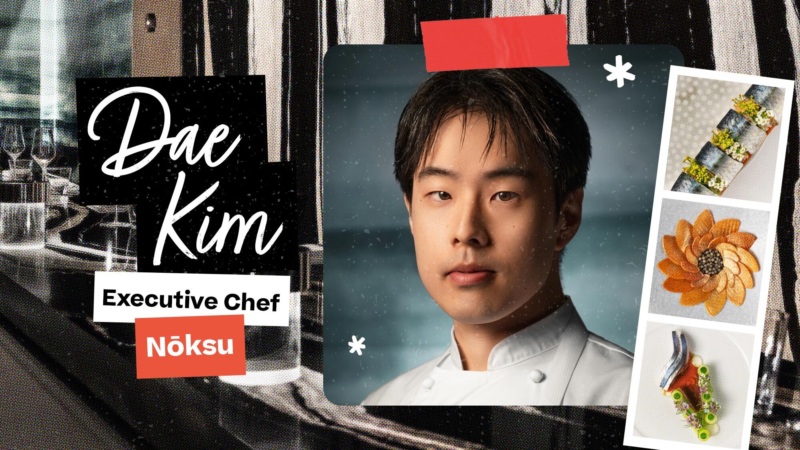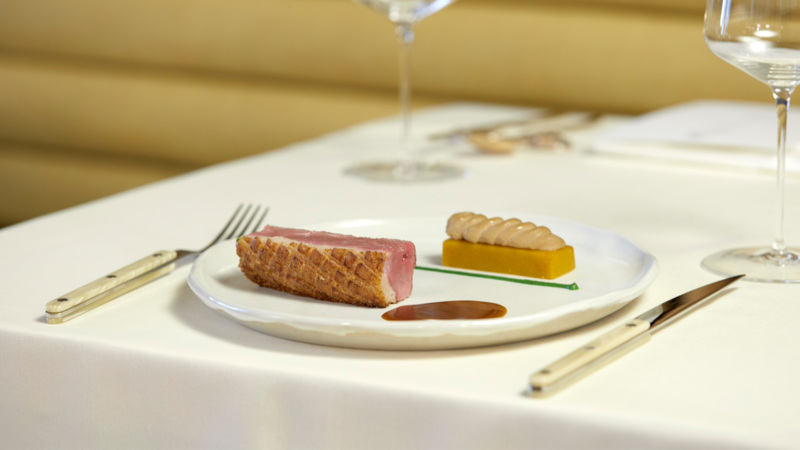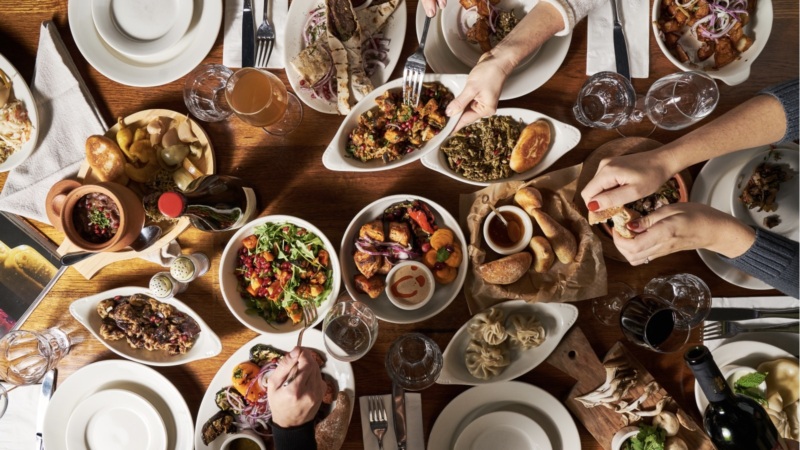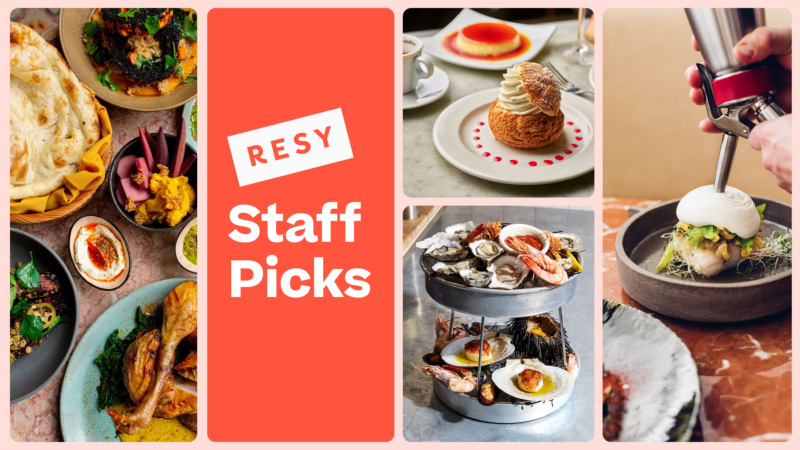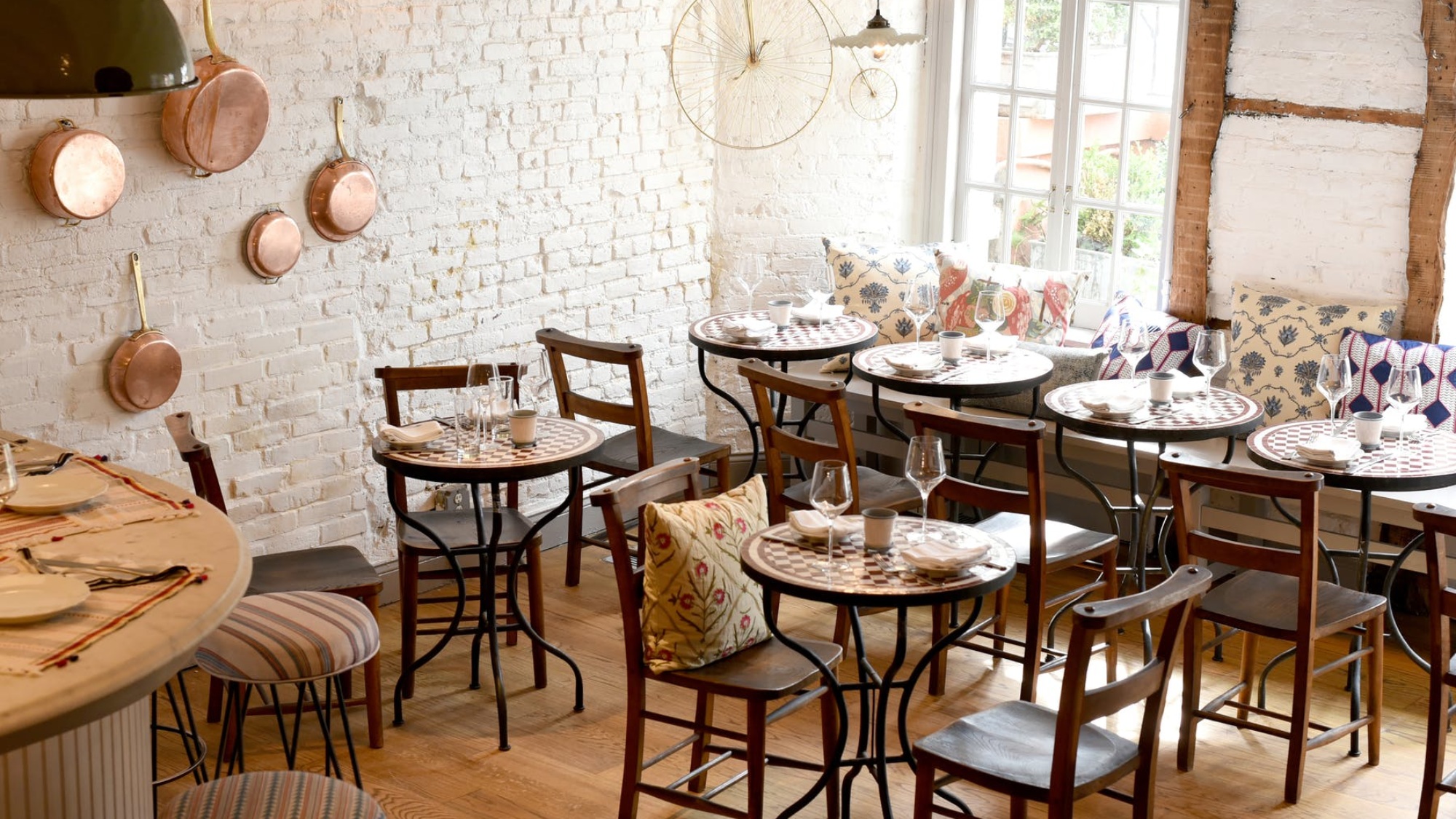
Bobo Reimagined: A taste of Provence in Greenwich Village
Tucked away off bustling Seventh Avenue and housed beneath a nondescript set of stairs, sits quaint West Village restaurant Bobo, the swanky eatery (with its envious back patio still intact) that’s been reimagined to reflect a French countryside aesthetic — and, ten years on, is a hospitality-focused evolution of the concept by its seasoned restaurateur.
With its checkered tile bistro tables (a nod to the iconic red-and-white checkered tablecloths found in old-school French establishments), whitewashed brick, and cozy fixtures, it’s hard to imagine a more idyllic setting—each piece and vignette in the space tells a story. Tucked up against the window seat, which is owner Carlos Suarez’s favorite seat in the house, we talk — together with interior designer Guini Suarez (of Dekar Design) — about what it means to reshape Bobo ten years later.
“For me, [the space] was inspired by a general evolution of spending more time in the countryside: the rejuvenation that you get from a visit to the country, that sense of peace,” says Suarez. “Guini and I traveled together in Provence a couple years ago, and what we enjoyed most about the trip was the interiors. Fortunately, we worked on Claudette together, so a lot of that was expressed there, but I’m sure there was some of that trip expressed here, too.”
As Guini puts it, “The concept when we first did Bobo was to make you feel like you were in someone’s townhouse for a fabulous dinner party in an urban setting. And now it’s been transformed into this country house feeling that is warm, casual, and cozy.” Together, the duo (who are first cousins) has shaped favorite Greenwich Village restaurants: Rosemary’s and Claudette. To evoke hospitality and warmth, the restaurant’s transformation included revealing hardwood floors and exposed beams, a new staircase, entirely new decor and fixtures, and, of course, an entirely new menu.
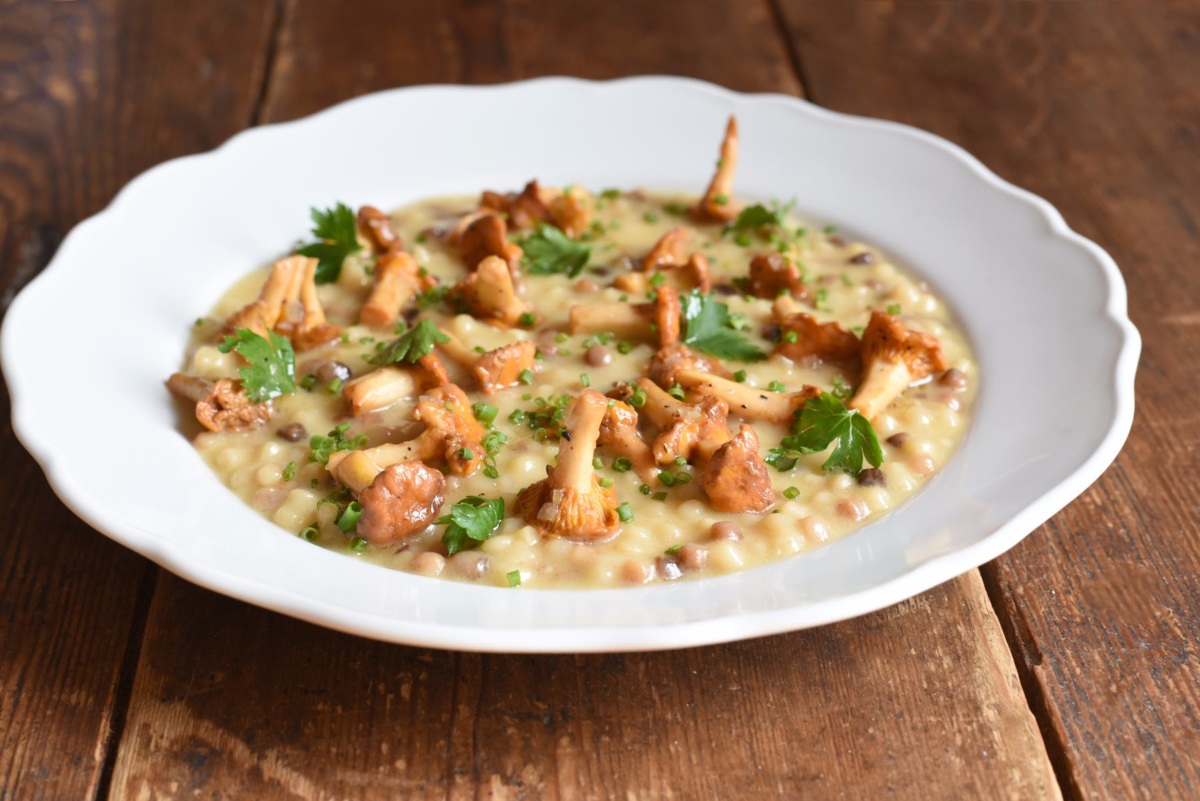
Suarez enlisted Michelin-starred chef Frederic Duka to reshape the menu: “We’ve had the privilege of working with Frederic Duka, the full-time Executive Chef at Racines. He’s an enormously talented chef, and he did the menu for us. We asked him to cook from his grandmother’s recipe book. So, whereas the food [at Bobo] before was kind of bistro food, it was food for restaurants, now it’s really trying to express the food of the countryside kitchen, again, going to somebody’s house—you’re going to have traditional food that’s not fussed over, it’s simply the best of the seasonal ingredients.”
Classics round out the offerings (think a braised lamb shoulder over polenta with crispy rosemary leaves, a roast chicken for two, and fregola sarda risotto with chanterelle mushrooms), making this lovely corner restaurant just the place to retreat to for warmth and comfort and, as Suarez explains, that’s much of the catalyst for the revamp in and of itself.
“I wanted to return Bobo to a neighborhood spot, an everyday spot, where you would come for the roast chicken and a Cote du Rhone once a week. Just excellent cooking, but very accessible.”
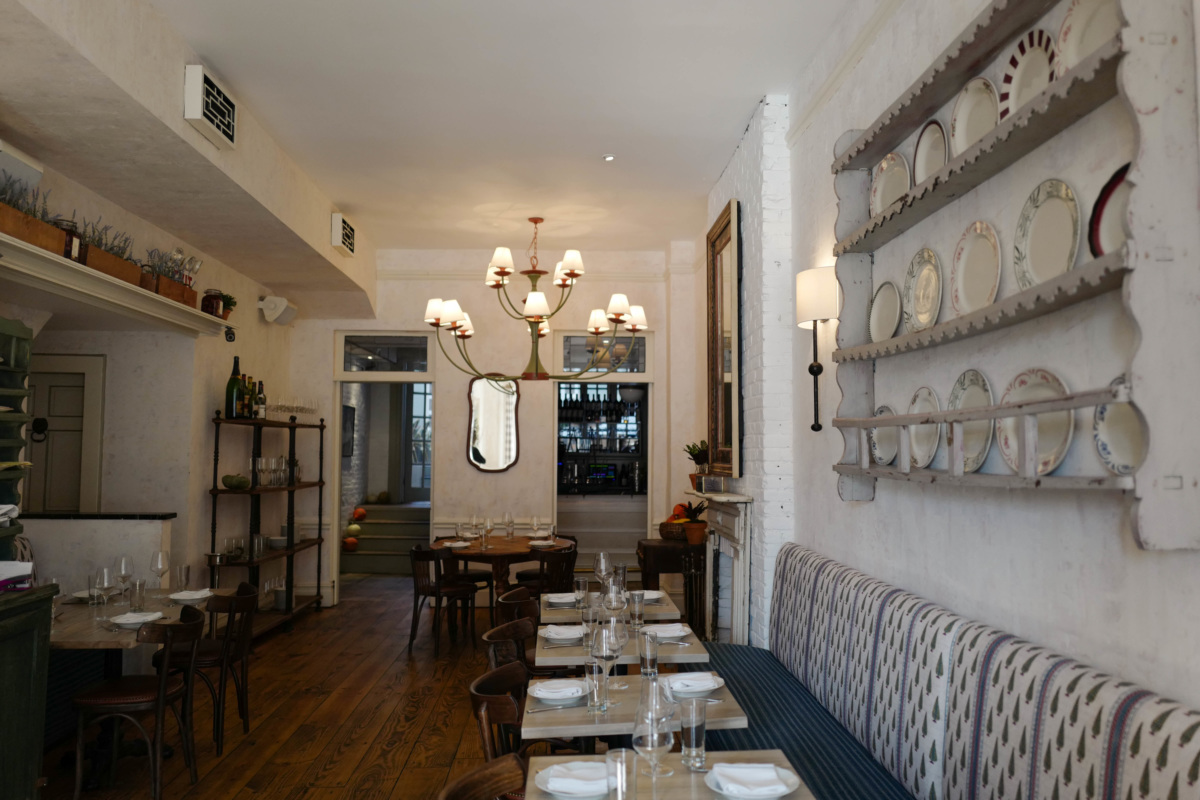
And yet, while much has changed, the pair continues to pays tribute to their own family traditions. Upstairs, in the main dining room, personal and familial accents line the walls. As Guini explains, the rustic accents are more than just design details: plates are housed in a decorative display to emulate the notion of a host retrieving a plate from a wall rack, and the “Havana walls” are plastered in the style of decades-old stucco walls.
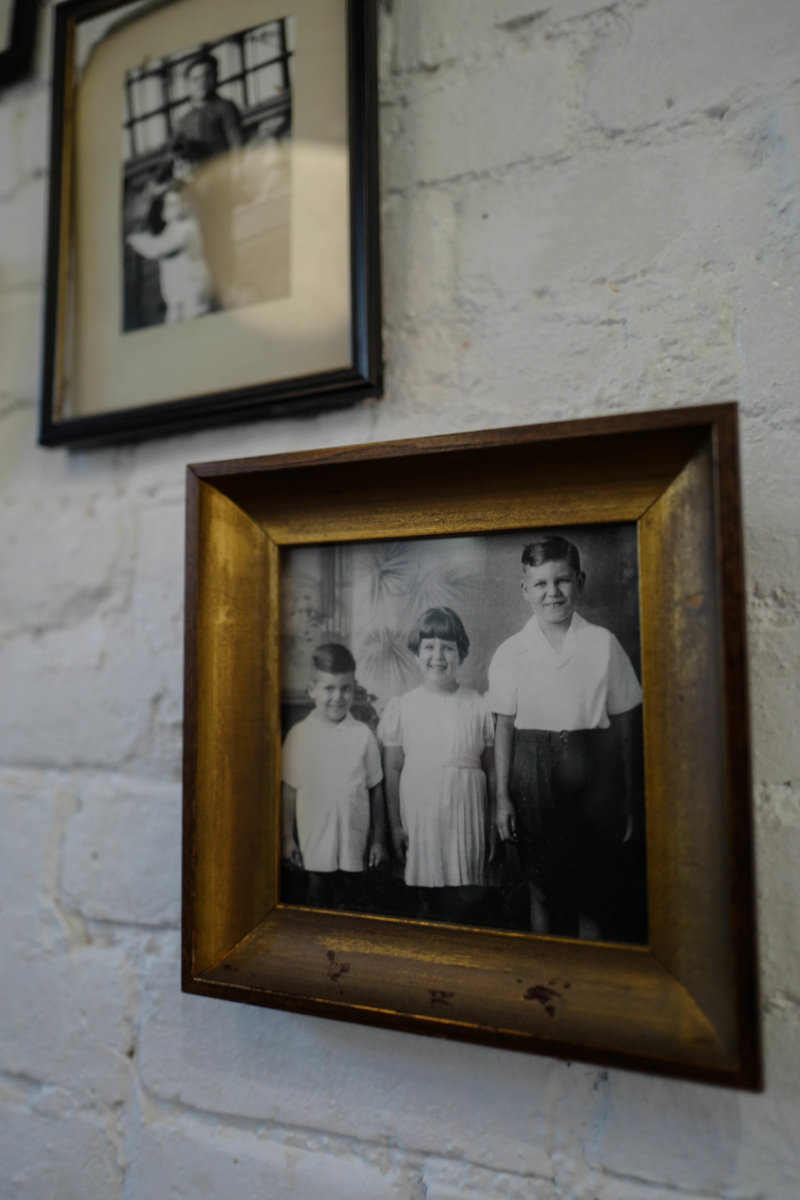
“When we first conceived Bobo back in ’07, we were really excited to create this intimate environment to show off old photos of our family in Cuba, which didn’t necessarily make a ton of sense for a French restaurant, but we went with it,” Suarez gushes. “There’s a snug little bar upstairs that we call ‘Coco bar’ – it’s a special moment, this little bar with four stools and black-and-white photography of family photos.”
“We kept pretty much as-is, as a nod to old Bobo.” By incorporating those personal details, Guini adds, “We could bring that glamour and fun, and imagine the dinner parties our parents went to.”


